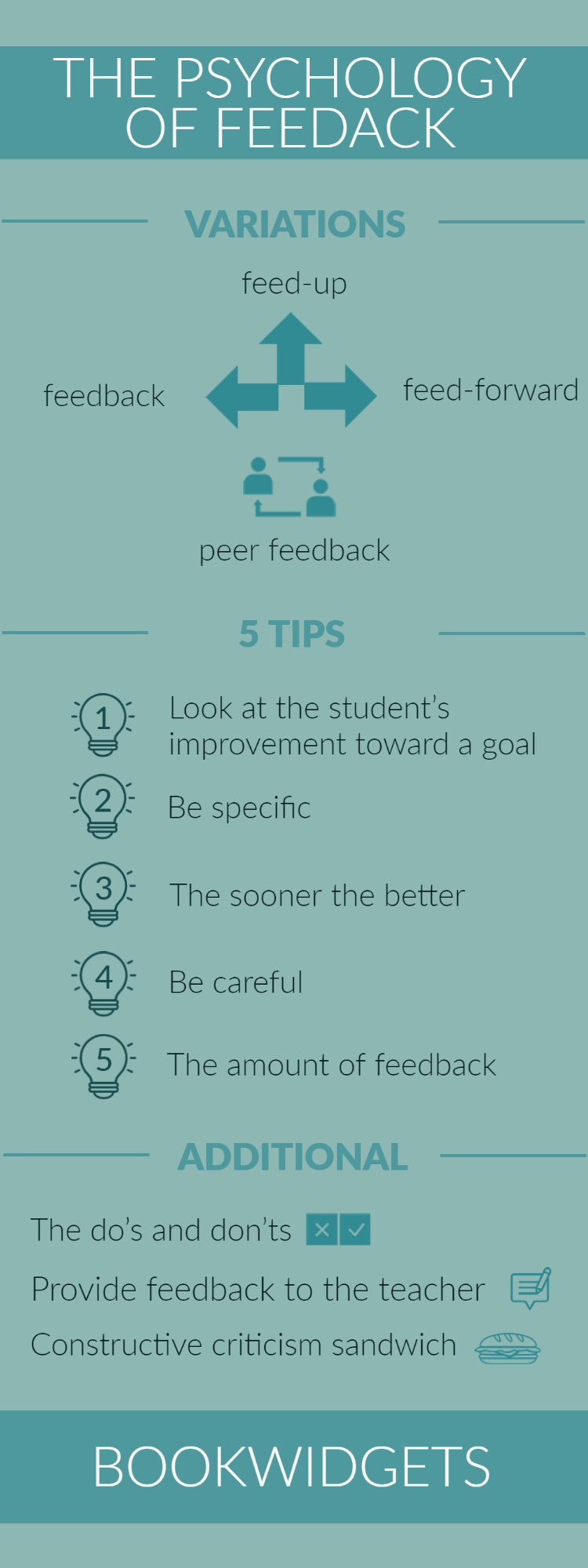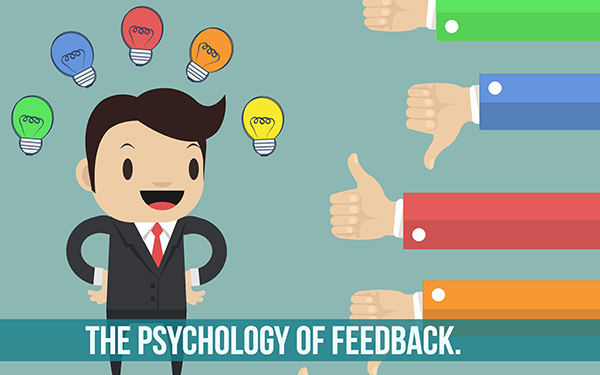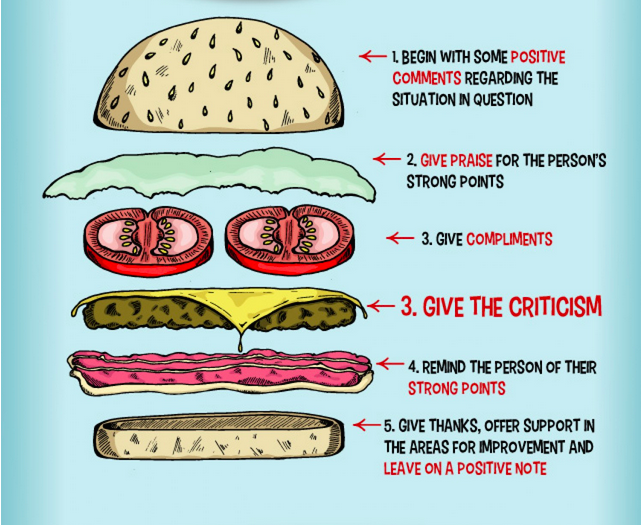The psychology of feedback in a classroom. How to make it meaningful
 Lucie Renard —
Lucie Renard —
All students seem to care about is grades. But education is evolving. We’re trying to go from a “grade culture” to a “feedback culture”. What does a grade mean anyway? Students don’t even know what they did wrong, or how to improve.
To capture the impact of feedback on a student, I should start with the basics: the definition of feedback. You will soon find out that there are different types of feedback to use in the classroom.
What is feedback?
 Feedback occurs when a student gives input, like an assignment, answer, or test and it doesn’t stop there. Feedback isn’t linear. It’s part of a chain of cause-and-effect that forms a loop. When students give you input, you give a reaction or feedback.
Feedback occurs when a student gives input, like an assignment, answer, or test and it doesn’t stop there. Feedback isn’t linear. It’s part of a chain of cause-and-effect that forms a loop. When students give you input, you give a reaction or feedback.
So to state it like this: feedback can be information or statements of opinion about the student’s input, that can tell your student where it’s successful and where it needs improvement.
Feedback has the intention to modify the student’s following action. It’s information that allows the student to reduce the gap between what his input is at that moment and what it should be (goal).
Conventional feedback is focused on the past. Your feedback contains information about an activity or performance that has already occurred.
Positive feedback
Positive feedback is feedback on accomplishments, strengths, and correct responses. You are commenting on your student’s successful input.
Negative feedback
Negative feedback is feedback on a lack of accomplishments, weaknesses, and incorrect responses. You are commenting on your student’s input that needs improvement.
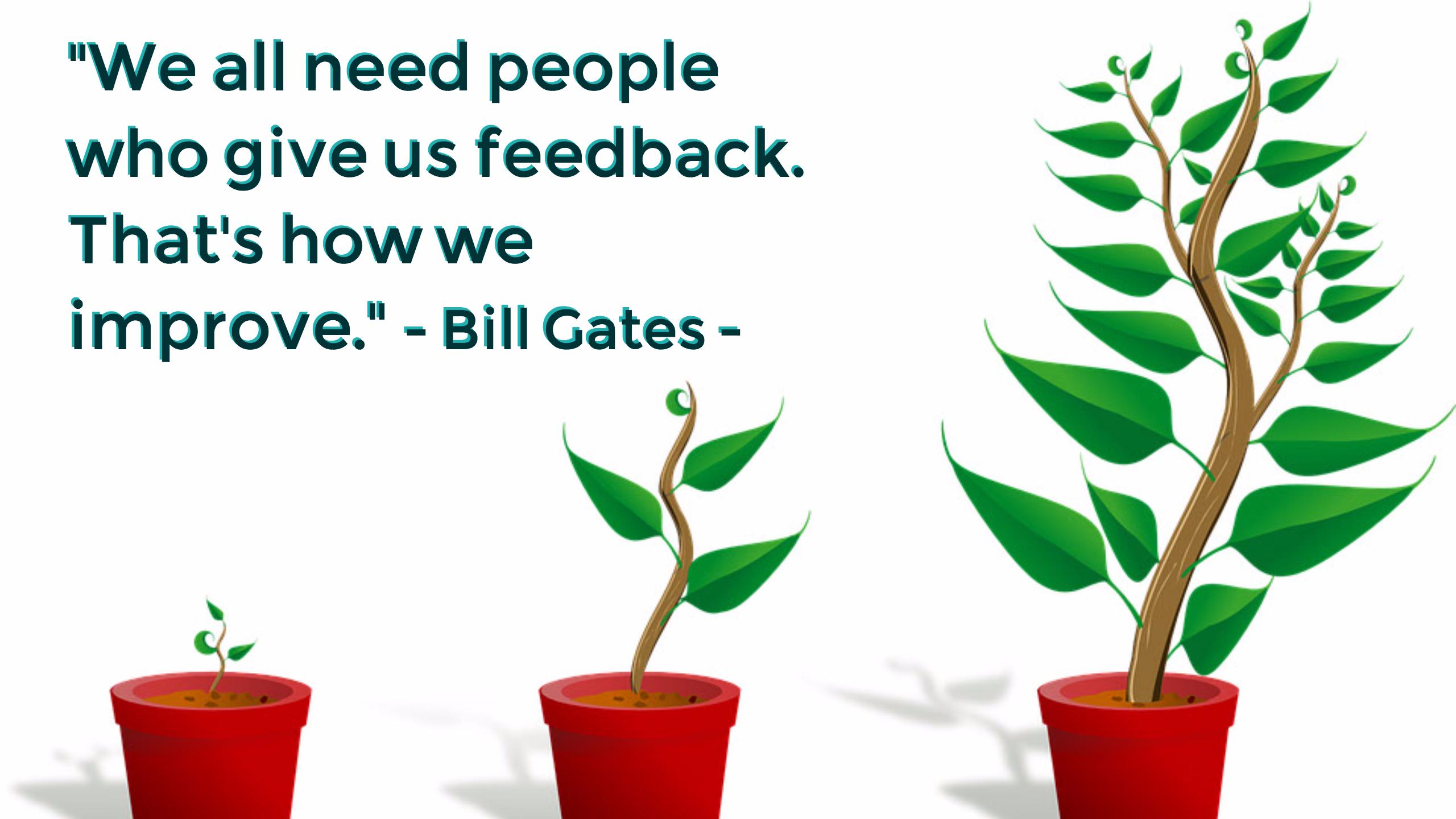
What is feed-forward?
 I’ve already said that feedback is focused on an action that has happened in the past. So what’s the difference between feedback and feed-forward? Well, feed-forward is more future focussed.
I’ve already said that feedback is focused on an action that has happened in the past. So what’s the difference between feedback and feed-forward? Well, feed-forward is more future focussed.
Feed-forward provides information about what a student could do differently in the future. What is the next step and what can they do to reach it? The suggestions for improvement enable students to make adjustments in their performance.
What is feed-up?
 Feed-up goes further than feedback or feed-forward on an assignment. You have to see the bigger picture, the purpose. Toward what is the student striving? What is the goal? When students understand the ultimate goal, they are more likely to adjust their learning toward that particular goal.
Feed-up goes further than feedback or feed-forward on an assignment. You have to see the bigger picture, the purpose. Toward what is the student striving? What is the goal? When students understand the ultimate goal, they are more likely to adjust their learning toward that particular goal.
You, as a teacher, must also try to work toward that goal. Your readings and assignments must be perfectly aligned with the goal. This way you are able to give good feedback and feed forward.
In short, feedback is mostly given after a task is done and is about what went good or wrong. Feed-forward is given towards the next task to guide a student to immediate improvement. Feed-up is given even more towards the future. What can students do to reach a particular goal?
What is peer feedback?
 Peer feedback is feedback given by one student to another. It’s often used in writing and speaking assignments and provides students more opportunities to learn from each other.
Peer feedback is feedback given by one student to another. It’s often used in writing and speaking assignments and provides students more opportunities to learn from each other.
Peer feedback can take the forms of corrections, opinions, suggestions, and ideas.
The biggest benefit of peer feedback is that the students who are giving the feedback also have to be aware and think about the lesson topic. All students have a role in the classroom. It’s not just laying back during a speaking exercise. It’s actively paying attention.
Below you can see an assessment form for peer feedback. To accomplish this, I used a rubric question type from Bookwidgets. It is an easy way to do peer feedback in the classroom. Your students have to assess each other first, and in addition, they give feedback. Of course, this can also be applied to general feedback.
 Notice you can duplicate this peer feedback assessment and make changes after. Just click on the image to open it.
Notice you can duplicate this peer feedback assessment and make changes after. Just click on the image to open it.
5 tips to give meaningful feedback
Feedback can be all sorts of advice, but it has to be meaningful. Here are three questions that you should ask yourself when giving good feedback:
- What is the goal? Feed-up
- What progress is being made? Feedback
- What is the next step? Feed-forward
Keep in mind that when errors are allowed and welcomed, feedback is more effective. Here are some more tips on how to give powerful feedback.
1. Look at the student’s improvement toward a goal
 As you’ve read above, it’s essential to keep in mind the goal a student is striving toward. When giving feedback, the information students are receiving should help toward their final goal.
As you’ve read above, it’s essential to keep in mind the goal a student is striving toward. When giving feedback, the information students are receiving should help toward their final goal.
When students have to write a paper about Columbus for history, you don’t have to give a lot of comments about spelling mistakes. Sure, I understand that students have to learn to write without spelling mistakes, but that is not the goal of the assignment.

2. Be specific
 Ever had feedback on your paper that said “Great job!”? If you haven’t, either you weren’t that good of a learner, or your teacher was better at giving feedback than mine.
Ever had feedback on your paper that said “Great job!”? If you haven’t, either you weren’t that good of a learner, or your teacher was better at giving feedback than mine.
“Great job!” doesn’t tell the learner what he did right, just like a statement like “Not quite there yet” doesn’t give the student any insight into what he did wrong or what he should work on the next time.
It’s very important that you are offering your students information about what they are doing right or wrong. Mind the “what” here.
It can also help to tell your student what he is doing differently than before, just like saying where he improved, even if he still has a long way to go.
3. The sooner, the better
 Feedback needs to be there while students are still thinking about the topic, performance, test, or assignment.
Feedback needs to be there while students are still thinking about the topic, performance, test, or assignment.
It has to come while they are still thinking of the learning goal or something they are still striving for. Not just a closed chapter. Students need to have a reason to keep working on their assignment.
Put yourself in the student’s place and ask yourself the following question: when would students want to hear your feedback? When you have corrected their exams, and they can’t do anything anymore to change it or when they are still studying for the exams and when can they still do something about it?
Researchers found that participants who were given immediate feedback showed a significantly larger increase in performance than those who had received delayed feedback.
It also appears that students who received immediate feedback found it easier to comprehend the material they had just read.
This is why automatic grading is so core to BookWidgets: it provides students with instant feedback. Of course, this is not a complete replacement for human feedback. It’s not always possible to give immediate feedback. Just don’t wait until feedback doesn’t matter anymore. The sooner, the better.

4. Be careful
 This one is very important. The way feedback is presented can have a huge impact on how students interpret it.
This one is very important. The way feedback is presented can have a huge impact on how students interpret it.
I remember studying for my teacher’s degree. We had to present a lot of lessons in front of our classmates. Every time the teacher would take half an hour to give feedback on a student’s performance. She would start with the good things and then talk about improvements. In no time the list of improvements just kept going on.
We all went home with a bad feeling, although we still got good grades. So, apparently, it was good? This gave us all mixed feelings.
There are three situations in which feedback could be counter-productive:
- When students feel that they are too strictly monitored, they might become nervous and will become disengaged from learning.
- Students might interpret feedback as an attempt by the teacher to control them. Feedback may come across as something they should be doing rather than guidance on how to improve.
- When feedback is shared in a group setting, students might feel like they have to compete with their fellow students.
5. The amount of feedback
 Feedback is good, but an overload of feedback makes the student feel his work is underappreciated and bad.
Feedback is good, but an overload of feedback makes the student feel his work is underappreciated and bad.
Don’t try to fix everything you see. We all strive for students to have perfect achievement on all learning goals. It’s a process: one step at a time.
The feedback that makes a real difference is a usable amount of information that correlates with something students already know. It should take the students from that point to the next level.
Deciding on the right amount of feedback to give depends on the following:
- The topic in general and your learning target(s). Are any particular assignments coming up that would make it wiser to emphasize one point over another? What else should they know?
- Learning progressions for those topics or targets. On which aspects of the learning target has the student done good work? Which aspects of the learning target would the student benefit from improving upon next?
- Your individual students. For some students, getting clarity and improvement on one point can be good enough, whereas others can handle more. Is there something that you and the student have a history about? For example, if you and the student have been working hard on spelling, maybe a comment about a typing mistake would be right on target. If not, that feedback may not be as useful as some of the other things you could say.
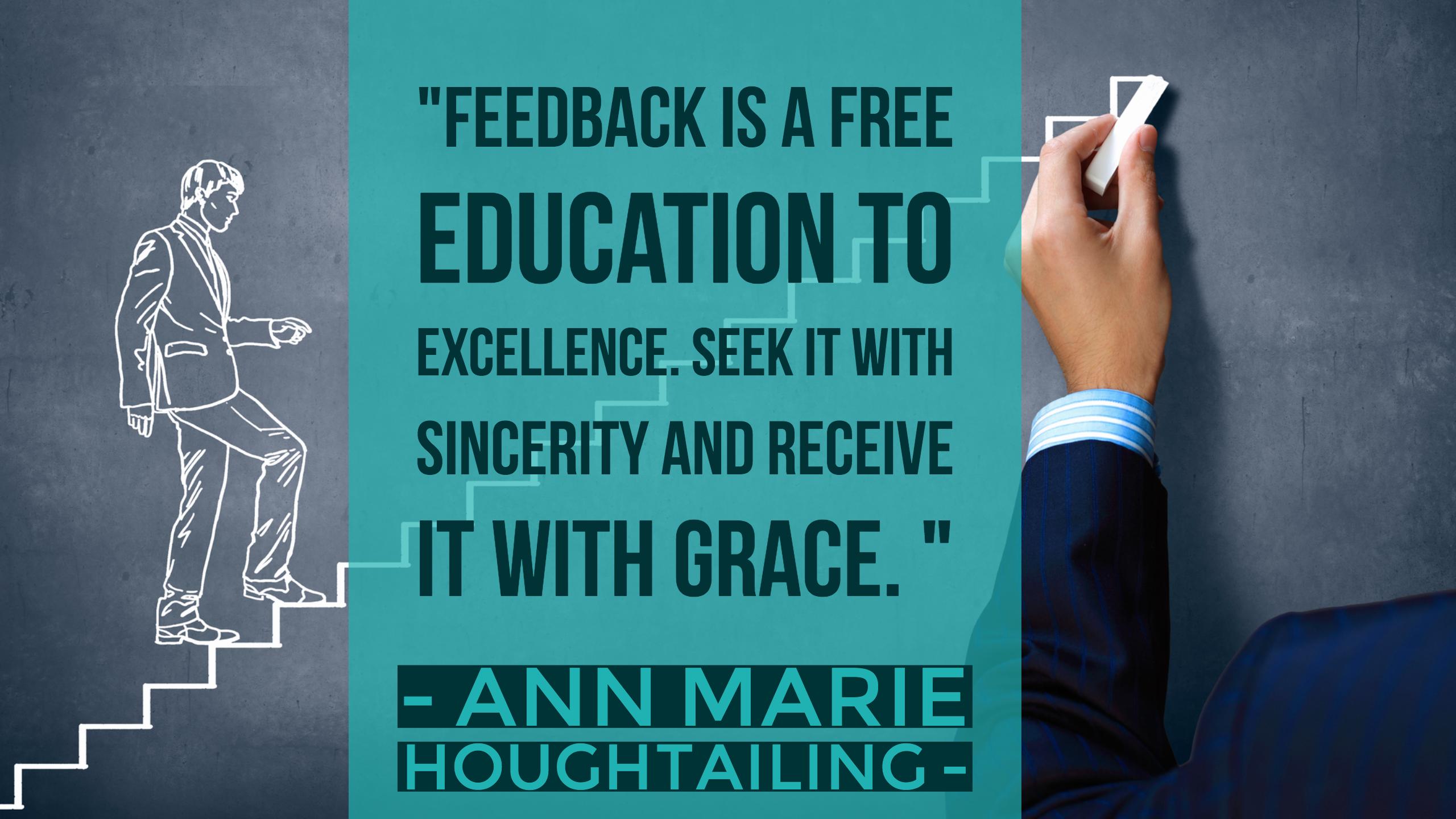
Do’s and don’ts of giving feedback
 Here are a few do’s and don’ts when it comes to giving feedback. These awesome tips are from Susan M. Brookhart. You can read more about it in her book: “How to give effective feedback to your students.”
Here are a few do’s and don’ts when it comes to giving feedback. These awesome tips are from Susan M. Brookhart. You can read more about it in her book: “How to give effective feedback to your students.”
| DO | DON’T |
|---|---|
| Select a few main points about a paper for comment. Nothing more. | Return a student’s paper with every error edited. |
| Give feedback on important learning targets. | Write comments in a paper that are longer than the paper itself. |
| Comment on at least as many strengths as weaknesses. | Write a lot of comments on poor-quality papers and almost nothing on good-quality papers. |
| Return a test or assignment short after or the next day. | Return a test or assignment two weeks after it was given. |
| Give immediate responses to questions. | Ignoring mistakes or misconceptions. |
| Give immediate responses to student misconceptions. | Go over a test or assignment when the unit is over, and there’s no chance to show improvement. |
| Use written feedback for comments that students need to be able to save and remember. | Speak to students to save yourself the trouble of writing. |
| Use oral feedback for students who don’t read well. | Give written feedback to students who don’t read well. |
| Communicate with an individual, giving information specific to the individual performance. | Use the same comments for all students. |
| Give group or class feedback when the same mini-lesson or reteaching session is required for a number of students. | Never give individual feedback because it takes too much time. |
| Make comments about the strengths and weaknesses of a performance. | Make comments that bypass the student (e.g., “This is hard” instead of “You did a good job because …”). |
| Make comments or recommendations about the work process you observed that would help improve the work. | Make criticisms without offering any insights into how to improve. |
| Avoid personal comments. | Make personal compliments or digs (e.g., “How could you do that?” or “You idiot!”). |
| Compare work to student-generated rubrics. | Put up wall charts that compare students with one another. |
| Compare student work to rubrics that have been shared ahead of time. | Give feedback on each student’s work according to different or no criteria. |
| Identify for students the strengths and weaknesses in the work. | Telling students the work is “good” or “bad”. |
| Express what you observe in the work. | Put a grade on work intended for practice or formative purposes. |
| Be positive. | Punish or denigrate students for poor work. |
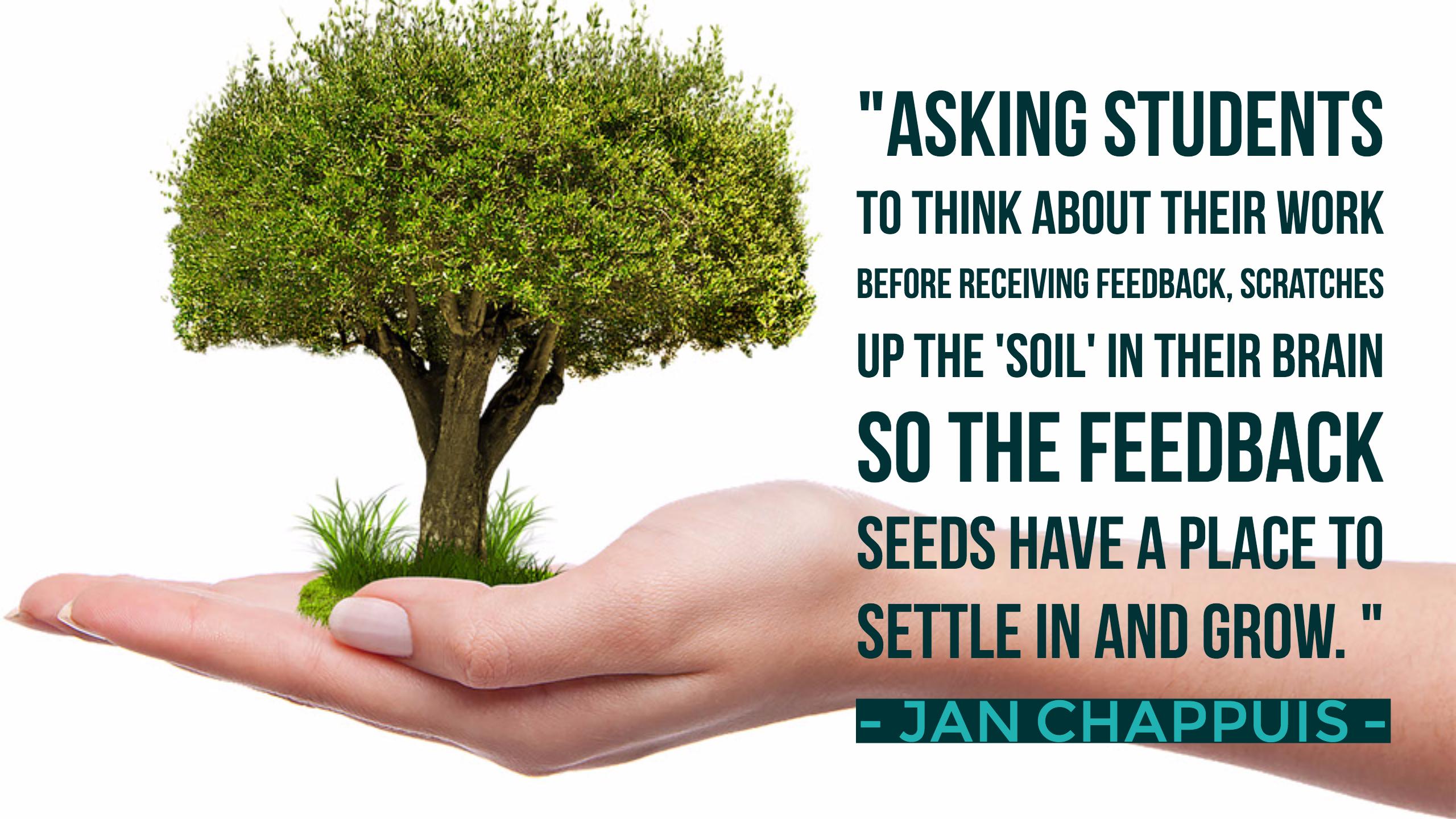
Teacher feedback
 It’s not just students that need feedback, you can also benefit from it. Use the Exit Slip widget or a Survey form widget to find out what your students think of your lessons. Where is room for improvement and what’s the strongest part of your lessons?
It’s not just students that need feedback, you can also benefit from it. Use the Exit Slip widget or a Survey form widget to find out what your students think of your lessons. Where is room for improvement and what’s the strongest part of your lessons?
With feedback, you can improve your teaching and become the best teacher your students have ever had!
Constructive criticism sandwich
 To finish this post, here’s the only sandwich that will help you give constructive criticism with the use of feedback.
To finish this post, here’s the only sandwich that will help you give constructive criticism with the use of feedback.
Source: image by Knowledge train
Wrap up
Feedback is an important part of a student’s personal growth. As a teacher, you need to include feedback, but also formative assessments in your classroom. The focus lies on information on the outcomes, strengths, and weaknesses. If you take into account the information from this blog post, you’re going to be able to provide effective feedback in the classroom.
To end this blog post, I give you 2 more assignments:
Let us know on Twitter if you learned something new.
Share in our Facebook Group how you use feedback in your classroom.
Ooh no, almost forgot. You may always connect with me on LikedIn. 🤝
